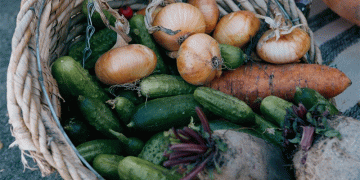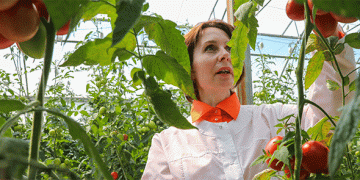Brazil, the world’s largest exporter of orange juice, is grappling with an unprecedented agricultural crisis. This year, the country’s orange harvest is predicted to be the lowest in over 30 years, driven by a combination of severe drought and the persistent threat of Citrus Greening disease, which has been ravaging orchards for years.
Impact of the Drought
The primary factor contributing to Brazil’s diminished orange production is an extreme drought that has gripped the nation. According to reports from Brazil’s National Center for Natural Disaster Monitoring and Early Warning (CEMADEN), the country is experiencing the most severe drought on record since data collection began in 1950. The drought has caused water levels in rivers throughout the Amazon Basin to plummet to historic lows. This has affected irrigation systems, reduced water availability for orchards, and caused widespread crop stress.
The drought currently impacts an area covering 5 million square kilometers, more than 58% of Brazil’s land area, with over a third of the country experiencing extreme drought conditions. This climate event has intensified the pressures on farmers who are already battling the adverse effects of disease.
Citrus Greening Disease Continues to Ravage Crops
Compounding the impact of the drought is the ongoing outbreak of Citrus Greening disease, a bacterial infection that affects orange trees. This disease, also known as Huanglongbing (HLB), is transmitted by the Asian citrus psyllid, a pest that continues to spread across key citrus-growing regions in Brazil. Citrus Greening has resulted in reduced yields, lower fruit quality, and the premature death of infected trees.
Farmers are finding it increasingly difficult to combat this disease, as there is no permanent cure for HLB. The financial burden of disease management, coupled with the loss of water resources due to drought, has pushed many producers to the brink of financial collapse. This year, Brazil’s orange production is expected to be significantly lower than previous years, directly impacting global orange juice prices.
Global Implications
As Brazil accounts for approximately 50% of the world’s orange juice exports, the drop in production is already being felt in international markets. This supply shortfall is expected to lead to higher prices for both fresh oranges and orange juice, impacting consumers worldwide. Additionally, the reduced availability of oranges from Brazil could put pressure on other orange-producing countries, creating a global ripple effect in the fruit and juice sectors.
Looking Ahead
Despite the dire situation, there are efforts to mitigate the damage and adapt to the new environmental realities. Some farmers are exploring drought-resistant crop varieties and advanced irrigation techniques to conserve water. Moreover, research into better pest and disease control methods for Citrus Greening is ongoing, although a permanent solution remains elusive. However, it’s clear that the long-term sustainability of Brazil’s citrus industry depends on addressing both climate change and disease challenges.
Brazil’s orange production crisis serves as a stark reminder of the vulnerability of global food systems to extreme weather events and plant diseases. As the country faces its lowest harvest in three decades, the agricultural community worldwide must consider innovative solutions to enhance resilience. Developing more drought-resistant crops, improving disease management practices, and investing in sustainable farming practices are critical to safeguarding future orange supplies.
































